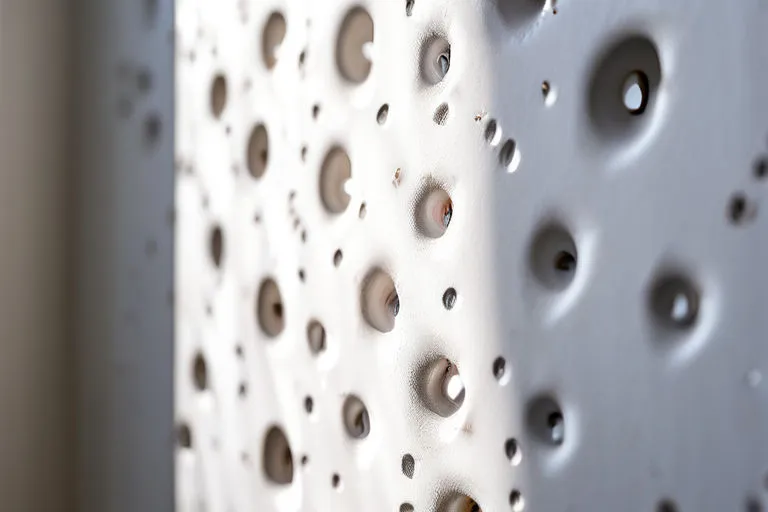Your roof and ceiling are crucial parts of your home that ensure your safety, so keeping them in good shape is essential. For conscientious homeowners, discovering small holes in ceiling can be a nightmare. How can you maintain a smooth, clean surface and ensure your family’s protection?
Prevention starts with identifying potential issues that could affect your home. Here are some common causes of tiny holes in ceiling, according to the experts at ROA Drywall Repair and Installation in Austin:
Causes for Small Holes in Ceiling

Rodents and other pests that chew:
Heavy downpours can disturb the nests of rats, mice, and other creatures, prompting them to seek higher, drier ground like your attic. Look for bite marks in corners and other signs that these creatures have made your attic their home.
Water damage:
Water is a primary and secondary cause of roof damage in Austin. It not only forces pests indoors but also stresses your ceiling’s drywall and roof supports. Watch for stains and dark spots caused by standing water, and promptly address any leaks to prevent structural damage.
Low-quality ceiling materials:
If your home has deteriorating sheetrock or joint tape, evidenced by crumbling or “sand” piles on the floor, it may be due to low-quality materials. Professional help is needed to replace them.
Termites in Ceiling:
Termites that inhabit and feed on your walls or ceilings often break through the drywall or wood. Drywood termites can create holes, known as “kickout holes,” through which they dispose of their fecal matter and expel waste. Sometimes, termites even fall through these holes.
Age:
As a ceiling ages, the materials it is made from can degrade. This natural aging process can cause the ceiling to become weak, leading to sagging or the development of holes. Regular maintenance can help mitigate some of these issues, but eventually, the ceiling may need to be repaired or replaced.
Physical damage:
Holes in a ceiling can also result from physical impacts. This can include objects falling onto the ceiling or damage from people walking in an attic space above. Accidental impacts can puncture or crack the ceiling material, leading to visible holes that need to be repaired.
Worried about repairing holes in drywall? Read our guide on how to repair holes in drywall.
Small Holes In Ceiling Solutions
Ceiling issues require experienced hands for drywall installation, drywall repair or replacement to ensure a smooth, even surface. Our experts at ROA Drywall in Pflugerville can provide a beautiful, ready-to-paint texture after repairs. For more information or to schedule a consultation, call us at 512 293 9899 today.